Using Rich Text to Build Language
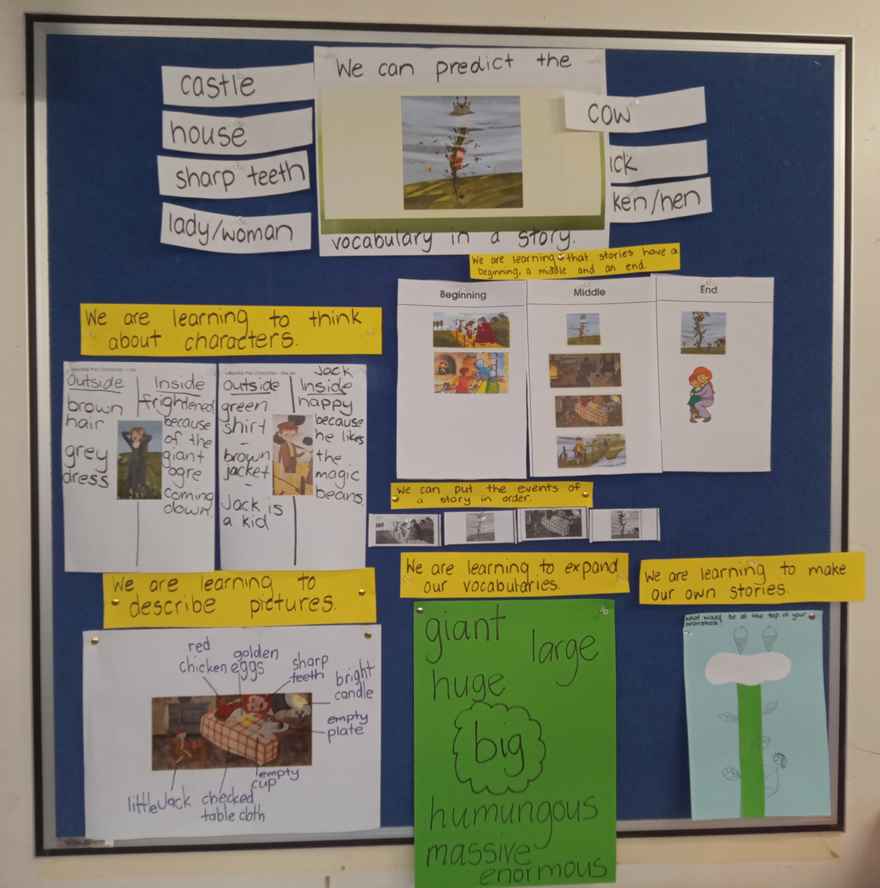
Once we understand the need for explicit language and writing teaching, the question becomes, “Exactly what does this look like in a classroom?” This post aims to begin to answer that question.
Quality picture books.
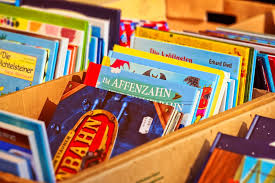
A particularly engaging and effective method of building language is through the use of quality picture books. This is by no means a new way to explore and contextualise grammar. I highly recommend Joanne Rossbridge and Kathy Rushton’s book “Conversations about Text” as a guide to approaching grammar and language in this way. While Kathy and I differ considerably on our views of teaching reading, I have found the professional knowledge that I have gained through PL with her and this text to be valuable as I have developed my skills in writing instruction.
This text takes our usual use of picture books as entertainment and model texts to a deeper level altogether. Yes, texts will be used to unpack writing at the text level, however an even more valuable use of texts is to unpack and teach sentence and word level grammar. So, how do you do this?
Step 1 – Understand Grammar
I would like to preface this step by asking linguists and speech therapists out there to be kind about the way in which I am about the describe some aspects of grammar. Teachers do not need to be experts, just have a functional level of understanding. If anyone has other suggestions for sources of information for teachers, please do share in the comments section below.
Now, I know that this is a scary prospect for many teachers, but I promise you that if you learn about grammar at both word and sentence level, you will have developed strong foundation knowledge to plan effective language and writing instruction.
I presume that most of us know that a verb is a ‘doing word’, but did you know that there is more than one type of verb? I certainly didn't a few years ago. (I admit it here to help others know that they are not alone in a limited knowledge of grammar). What about verb phrases, noun groups and subordinate conjunctions? Can you explain the different types of sentences? (And that’s a biggy) If you can’t, then I strongly encourage you to find out more about grammar. It is true that a large number of us have never been taught these things through our own schooling and university degrees, however there is loads of information online.
The following video is aimed at students (and therefore easy for us teachers to understand too) and explains about 4 types of verbs.
Once you understand some grammar basics (and just start with the two videos above), you are ready to think about your students’ needs. Examine your students’ writing or oral language to identify their language and writing needs. An area that students often need to work on is moving beyond simple sentences. If you have watched the above video you will know that complex sentences begin with a subordinating conjunction and are made up of two ideas separated by a comma.

Once you have identified this as an area of development, you can select a text that models complex sentences.
You don’t have to run out and buy hundreds of dollars worth of books. Simply look for picture books in your school library that have sentences that begin with words such as ‘when’, ‘as’, ‘while’, ‘since’ and ‘after’. You might also get lucky and find a text that links to some other area of curriculum, but if you don't, just focus on the book for the value it has as a model for language development.
The Mouse-Deer and the Crocodile is an example of such a text.
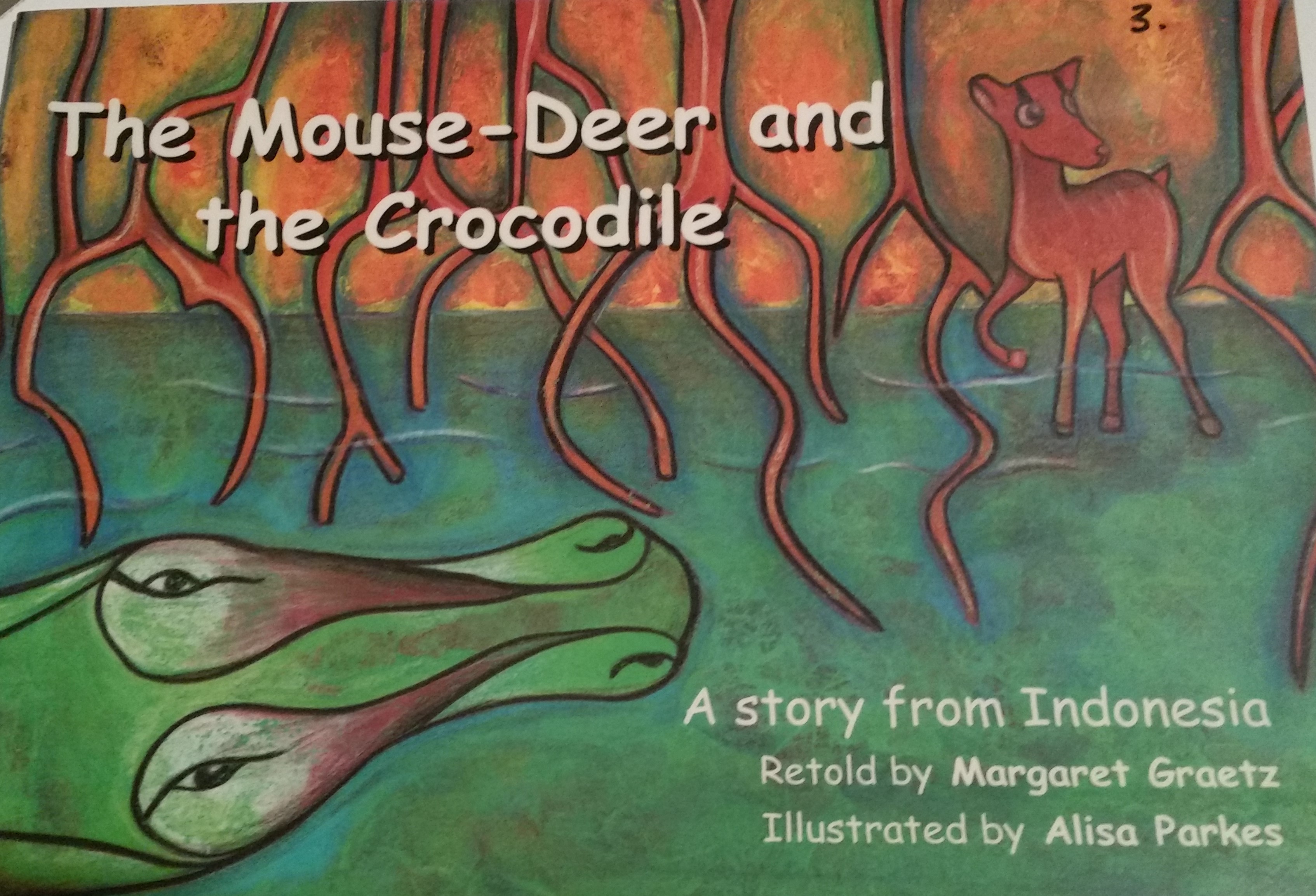
Step 3 – Plan Learning Experiences Based in the Text
The following is an example of a simple sequence of teaching that you might employ to expand your students’ knowledge of grammar and improve their writing.
1.Read and reread the text to the students so that they become familiar with the language. Encourage them to recite the text as you read. (Remember, if they can't say it, they can't read it or write it)
2. Build children’s comprehension through drama activities such as hot seating, acting out the text and reader’s theatre.
3. Explicitly teach children about the different types of verbs.
4. Explore the verbs in the text. One way to do this is to provide a copy of a page of the text for students and ask them to work in small groups (2-3) to circle the verbs. Provide coloured strips of paper to write these verbs on and work together to sort them into groups. Display. Repeat with nouns.
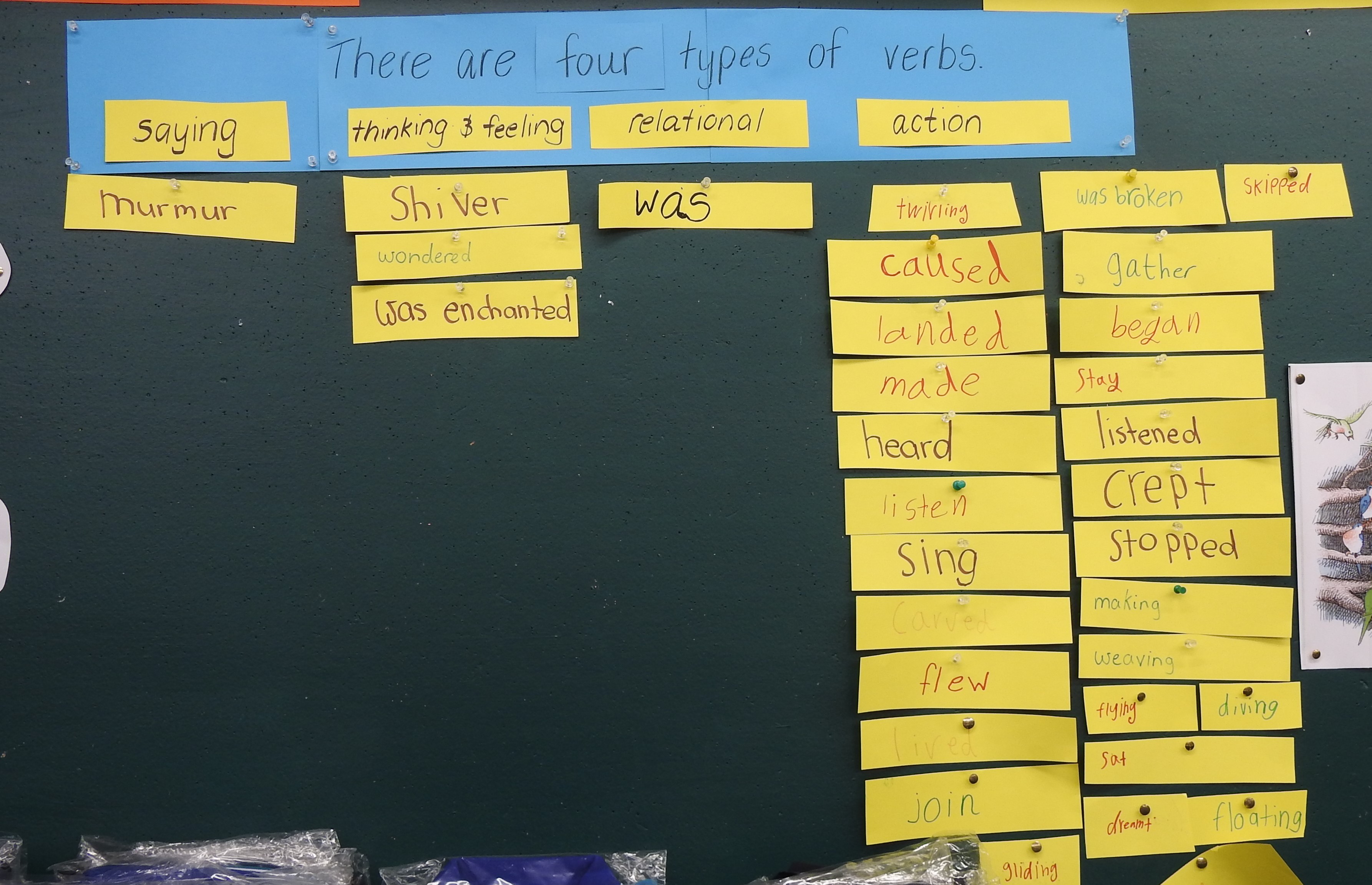
5. Select a target sentence structure to ‘unpack’ with students and engage in ‘my turn, your turn’ until students can repeat the sentence to their partner. (You say the sentence, students repeat you)

6. Display the sentence structure on the board “As the (noun) (Verb), he/she (verb)”.
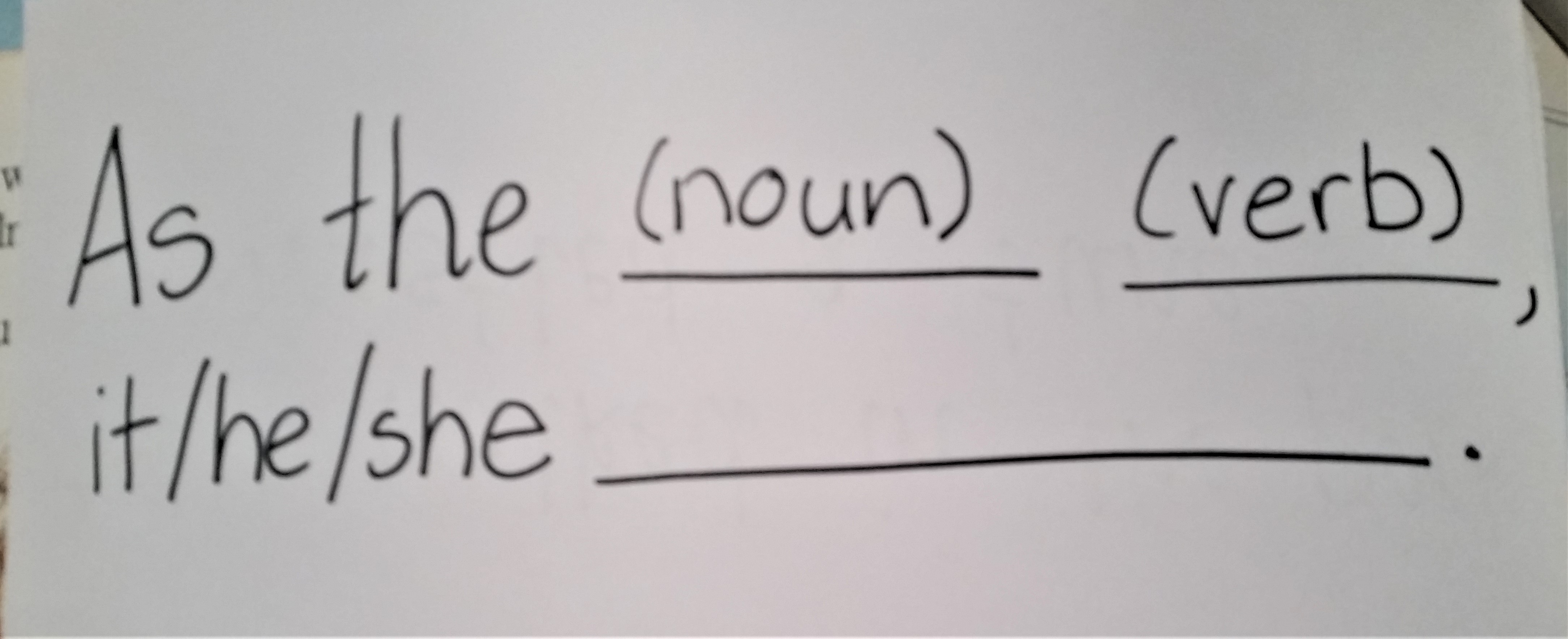
Then write a series of sentences that follow this structure. ‘My turn, your turn’ these sentences orally with student until the students can repeat them with confidence.
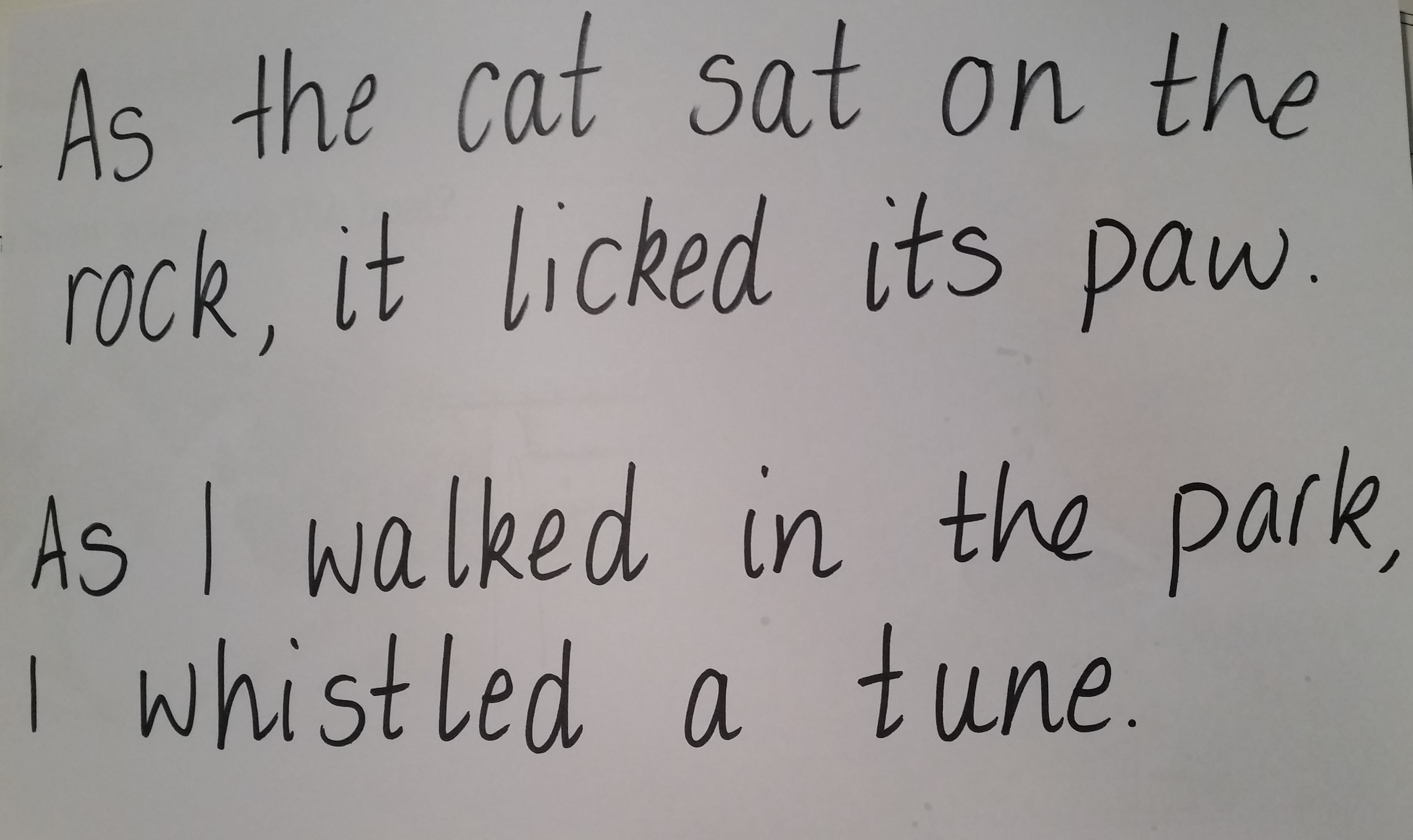
7. Work step by step with students to support them to write their own sentences on white boards or in books. Have students share their sentences with a partner and select 2 – 3 students to share with the group.
Step 4 – Provide Many Opportunities for Practice
Make this sentence structure a ‘language hotspot’ that you practise orally throughout the day. In maths you could encourage practice with “As we count by tens, we place bundles of ten on the desk”. In history, “As the Indigenous people watched, the First Fleet sailed into Sydney harbour”.

This work needs to be a part of your regular language program. It is not enough to do a few tasks on complex sentence structures (or any other aspect of language) and leave it at that. Children need explicit teaching and then multiple, contextualised opportunities to use the target language, both orally and in writing.
I hope that this post gives you an idea to try out in the classroom and would love to hear how it goes.

 Jocelyn Seamer Education
Jocelyn Seamer Education
3 comments
Leave a comment